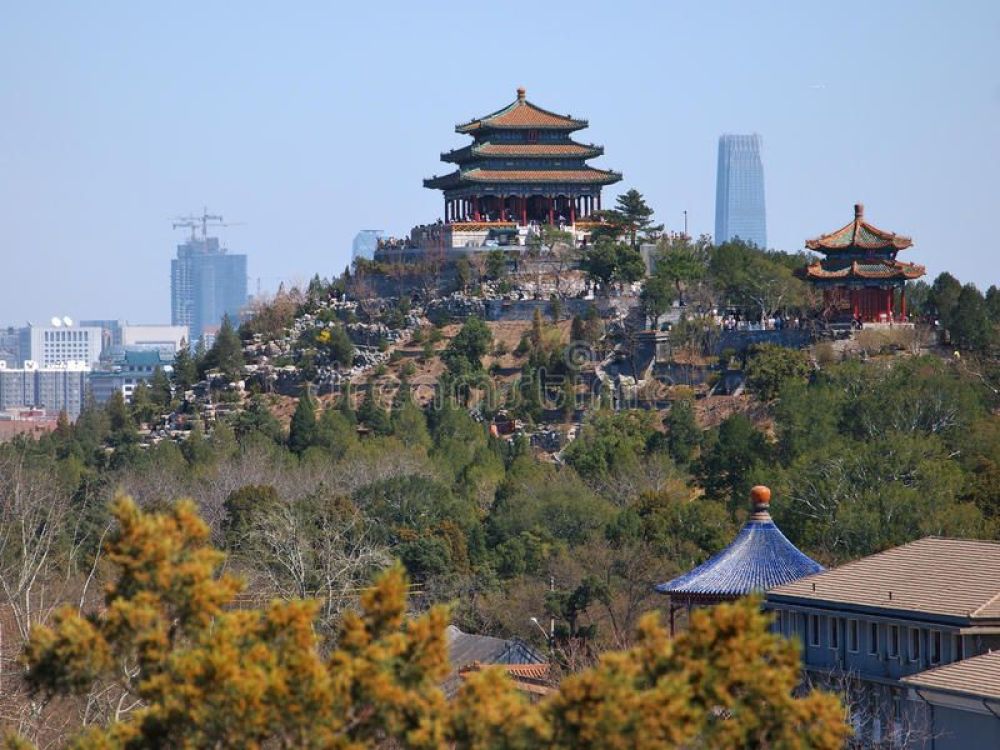

Jingshan Park, known as Coal Hill Park, is a historic park located in the heart of Beijing. The park's origin traces back to the Ming Dynasty when its construction began in 1416. The hill itself was created using the soil excavated to build the moat of the Forbidden City and later became an imperial garden. Over the centuries, it has witnessed many significant historical events, including the last emperor of the Ming Dynasty, Chongzhen, who hanged himself from a tree here in 1644.
As a royal park, Jingshan was initially exclusive to the imperial family and court officials. It was not until 1928, after the fall of the Qing Dynasty, that Jingshan Park was officially opened to the public, marking the beginning of its tourism history. Since then, the park has become a popular destination for both domestic and international tourists.
In the 1950s, following the establishment of the People's Republic of China, Jingshan Park underwent a major renovation. New pathways, pavilions, and plantings were introduced to make the park more appealing to visitors. Despite its evolution, the park has retained five original pavilions, which are situated at the peak of each of the five peaks of the hill, symbolizing the five tastes: sour, bitter, sweet, spicy, and salty.
Over the years, Jingshan Park has become renowned not only for its panoramic view of the Forbidden City but also for its lush gardens, cultural significance, and historical sites. It is one of the few places in Beijing where visitors can catch a bird's-eye view of the city, making it a sought-after photo spot.
Today, Jingshan Park remains a vital cultural and historical site in Beijing. In recent years, there has been a growing trend towards sustainable and cultural tourism, with visitors seeking more enriching experiences that include learning about the history and culture of the places they visit. Jingshan Park caters to this trend by providing educational tours about the park's imperial past and its significance in Chinese history.
Another contemporary trend is the digitalization of the tourist experience. Visitors to Jingshan Park can now benefit from modern amenities such as QR code information plaques and virtual tour guides accessible through smartphones, enhancing the visitor experience with multimedia content and historical narratives.
Health and wellness tourism is also on the rise, and Jingshan Park offers a serene environment for exercise and relaxation amidst the bustle of Beijing. Early morning Tai Chi sessions and leisurely walks along the park's manicured pathways are common activities enjoyed by both locals and tourists.
Furthermore, Jingshan Park frequently hosts traditional Chinese festivals and events, drawing in crowds who are eager to partake in authentic cultural experiences. These events not only provide entertainment but also preserve and promote the rich heritage of China.
Overall, the tourism scene at Jingshan Park continues to thrive, with a strong emphasis on preserving its historical character while adapting to the changing needs and interests of modern travelers.